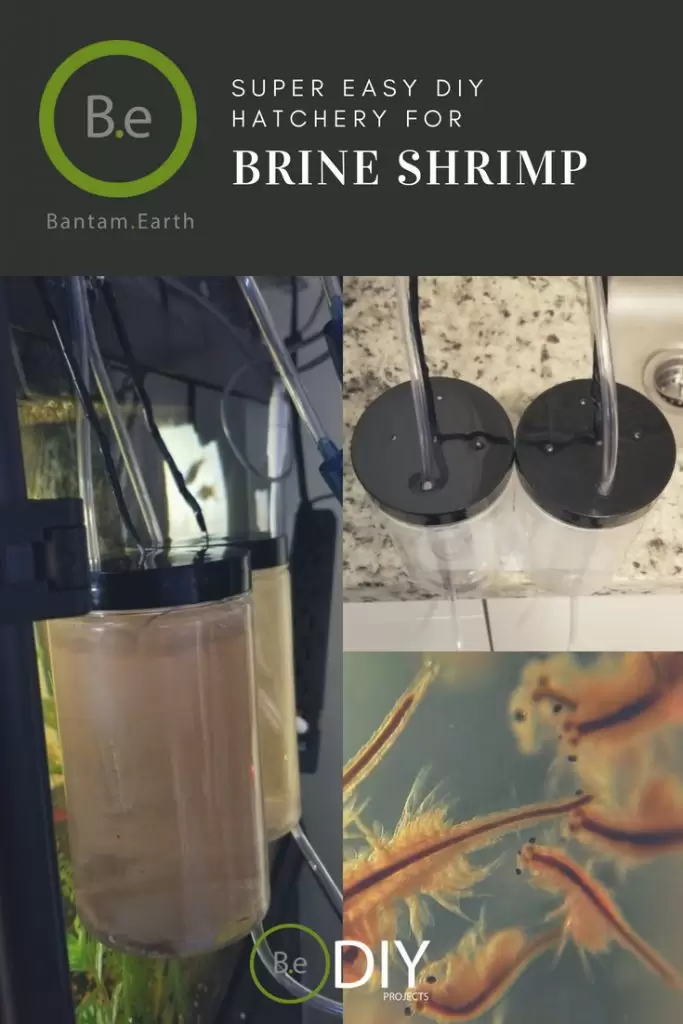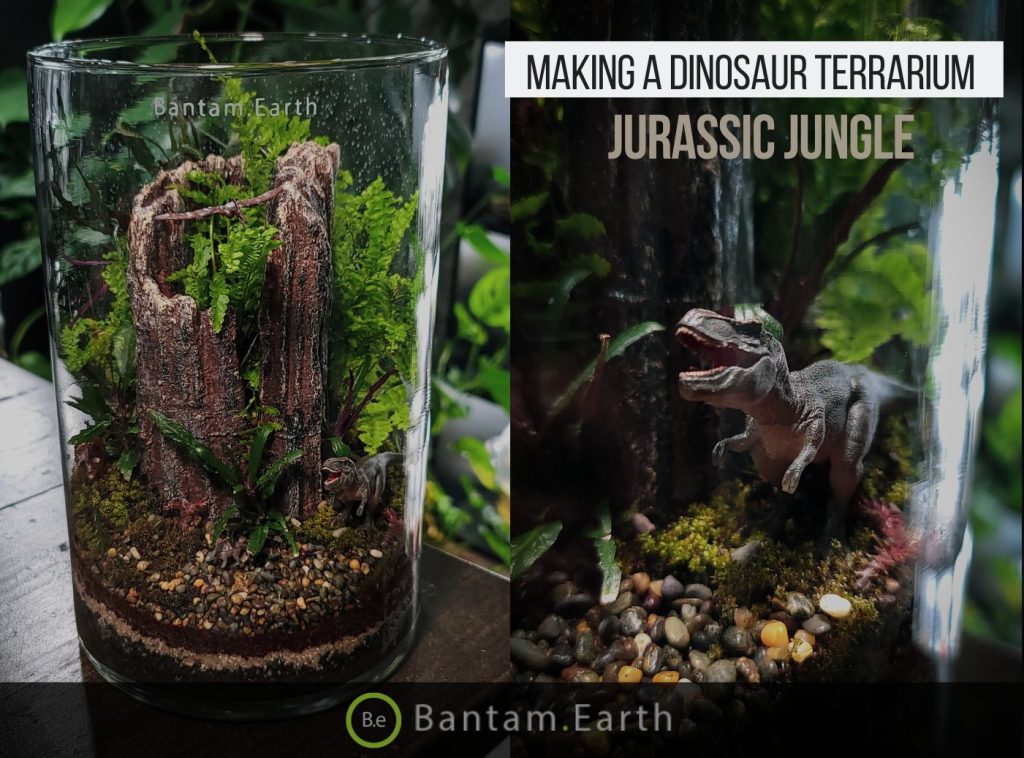Having a steady supply of Brine Shrimp is a must for any level aquarium enthusiast. The best part about having your own Brine Shrimp hatchery is that it’s extremely easy to maintain… And even easier to make yourself!
Brine Shrimp are a great source of protein to feed the baby fry. If you are aiming to grow your fish fast, the protein they get from live foods, like Brine Shrimp is the way to go.
Having a predator tank such as myself, it’s really important to make sure your feeder fish are receiving essential nutrients, like protein, as well. So long story short, these tiny crustaceans can provide benefits all the way up the food chain. Even if its a fish-eating the fish, eating the Brine Shrimp!
Where Are Brine Shrimp Found?
Brine shrimp, (genus Artemia), are very small aquatic crustaceans that are commonly used as live food for aquarium fish.


In the wild, Artemia can be found in highly saline inland waters all over the world. One particular species called Artemia Salina, can be found in the Great Salt Lake of Utah. Most likely, if you ordered your Brine Shrimp Eggs online or got a case of it from a local pet store, as I did, that’s where it came from! 🙂
Making The Brine Shrimp Hatchery
I will start by giving you a list of things needed. Followed by 5 easy steps in building the Shrimpery:
Materials Needed:
- Brine Shrimp Culture – The better the source the higher the hatching percentage. https://amzn.to/2LCgI8G
- 2 Containers -You can get pretty creative with this part. Most people do this with water bottles but I wanted something more clean and professional looking. I ended up using 2 cylinder shape containers I kept from these decorative pebbles I bought from Walmart a while back. https://amzn.to/2mKsGyE
- 1 Roll of Air Line Tubing – This will have 2 purposes, One to run air from the air pump into each container. The other reason will be to make a short pour line for easily getting our Shrimp out when we are ready for them. https://amzn.to/2uNfX2M
- 1 Small Air Pump – Its really important to keep aeration within our Hatchery at all times except when we are trying to pull some out. Any pump will do. I recommend the weakest you can find but a stronger air pump won’t harm the Brine Shrimp Eggs. https://amzn.to/2Oj8KQm
- 1 Baking Soda – This will be to help Buffer our hatchery’s PH. we need it to be at least 8.0 or Higher in order to help get a higher hatch rate. https://amzn.to/2Oj74WW
- 1 Non-Iodized Salt – We need the salinity to mimic that of the more natural habitat these little guys come from. I found that aquarium salt works best for me. https://amzn.to/2A8bDQX
- 1 two-way control valve – For splitting the air from the pump and having independent control over the amount of air each container receives. https://amzn.to/2OjbNIi
- 2 single-control valves – For a nice clean switch at the pour out of the containers. https://amzn.to/2uPqfzB
- 1 Lighting – Depending on where the Brine Shrimp Hatchery will be located you will need to figure out if rather you will use LEDs, heat lamps, or a regular light bulb. There is more about this here How To Hatch Brine Shrimp. https://amzn.to/2AceyrN
Construct The Brine Shrimp Hatchery Kit:
- Let’s start with the container… I drilled four holes at the top for ventilation, just to realize later it wasn’t really needed, haha! One at the top will due for the air pump tube and one in the edge of the front/bottom for the pour out tube. Make sure it is slightly smaller than the tube for a snug fit.


- Next, I cut about half an inch of the tube for the pour out and plugged it with a plastic stopper I had leftover from another project. An air control valve can also go here if you have them already (mine weren’t in at the time of this install). You can alternatively get away with pinching the tube with clamps if you cut it about an inch instead.
- After that, we can run the air pump tube into the two-way control valve and out to the top of each container from the control valve. I would recommend placing a one-way check valve between the air pump and the two-way valve control. It will keep water from returning back to the air pump when the pump is off.


- Our Brine Shrimp Hatchery is pretty much complete. Now, let’s use a separate container to set up our water parameters (I’ve found this makes it easy to evenly measure out the containers with equal water specs). My containers hold about half a liter of water each so I measure out one whole liter of distilled water, or treated tap water, in my new container and add 1.5 teaspoons of the non-iodized salt and half of a teaspoon of baking soda into the mix until it dissolves.
- Once both hatcheries are filled with water, we can now add half a teaspoon of Brine Shrimp eggs to one of the containers. The second container will act as a reserve for starting a new batch once the first container is halfway gone.


- You can now cycle back and forth between hatcheries and you will always have brine ready on tap!
Frequently asked Questions
So now that we are all set up let’s give it a go! Turn the pump on and let nature take its course… But now what? here are some common questions that usually spring up after getting things up and going:
Do you need a light to hatch brine shrimp eggs?
Lighting and heat will be a very important factor in helping the eggs to hatch. The temperature of the hatchery should stay between 80 and 90 degrees Fahrenheit. Since I live in Florida, I take advantage of the weather and keep my hatchery in a shed where there won’t be a need for a heat lamp.


I set up a cool LED lighting stand for my Hatchery. The LED’s are a lot safer to use and can be kept on for pretty much 24 hours a day. Another advantage of having LEDs is the ability to place them directly under the hatchery making it easy to attract Artemia towards the bottom where we will be draining the hatchery from.
How long does it take for a brine shrimp egg to hatch?
Depending on the quality of the purchased Brine Shrimp Eggs, we should see babies within 18 to 48 hours. Anything longer than 36 hours and somethings wrong! Adjust the lighting and heat to make sure it’s bright and hot enough. If still, nothing has happened after 4 days, you might have a stale batch of eggs that weren’t refrigerated correctly between uses.
Turn off the pump and wait about 15 minutes for the hatched eggs to float and the babies to be really visible. Brine Shrimp are drawn to light so taking a flashlight to the side of the hatchery should reveal newborn Brine Shrimp swimming towards it.
If you installed LEDs at the bottom as I did you will see swarms of Brine Shrimp right at the pour out valve ready for abstraction!


What Do You Feed Brine Shrimp?
The first week or so into hatching eggs, you don’t have to worry about feeding the Brine Shrimp. They pretty much eat the eggs they hatch from. After about a week, you can move them into a cleaner container and begin feeding them there. I have found that giving them small bits of yeast or boiled egg yolk dissolved in water works best.
Make sure not to give them more than they will eat in a few minutes. The uneaten food left in the tank fouls the water fast… Which in return will prompt more frequent water changes! You should be changing 30% of the water twice a week.
How Long Do Brine Shrimp Live For?
Depending on the water parameters of an aquarium, the Brine Shrimp life cycle can last up to eight weeks. Once hatched, the tiny critters can reach adulthood as soon as in 8 to 10 days. In thriving conditions, the females will give birth to live babies (known as naupiii) or semi-developed embryos. In poorer conditions, the female will lay eggs (or cyst). Those unhatched cysts will wait for better water quality before hatching!


Can Brine Shrimp Live In Freshwater?
In Short, yes but not for a long time. They don’t suffer an immediate shock like most saltwater fish would if you dropped them into a freshwater enclosure. The spared shrimp that aren’t picked off right away will eventually die.
Final Thoughts
Brine Shrimp hatcheries are fairly easy to put together and maintain. Shopping around for the right materials, brought this build out to around $10. I know there are plenty of other ways to put a hatchery together besides this. Where you able to find this guide useful enough to hack up something similar? What are some of the ways you could improve this Do-It-Yourself build?






Comments are closed.